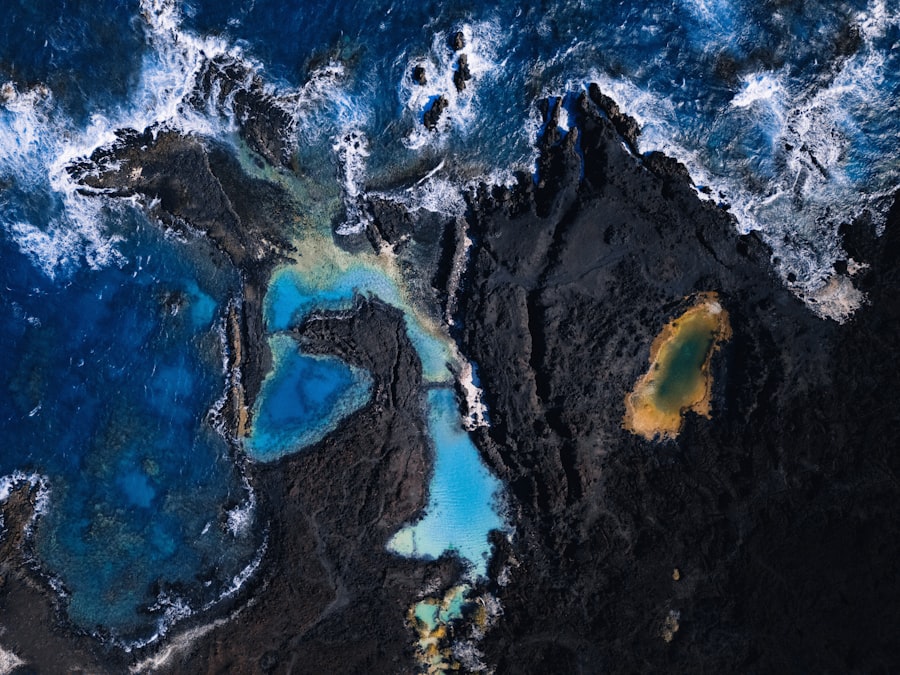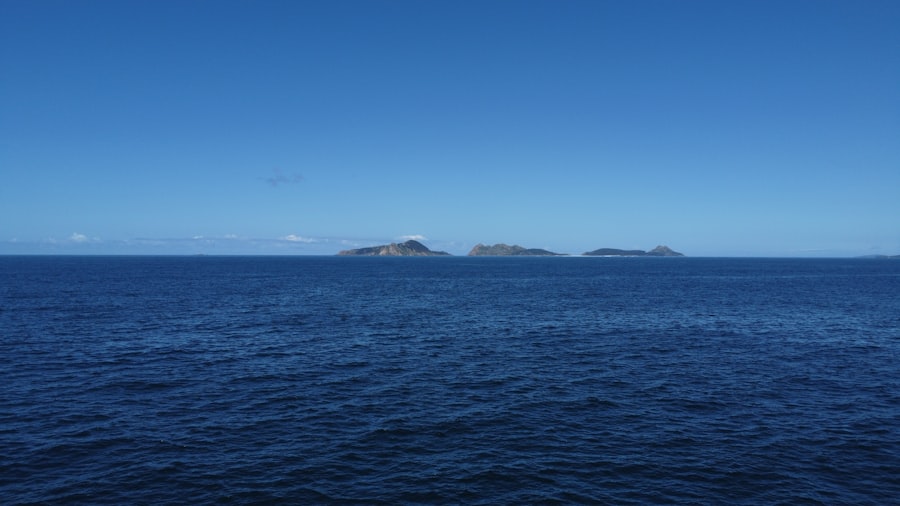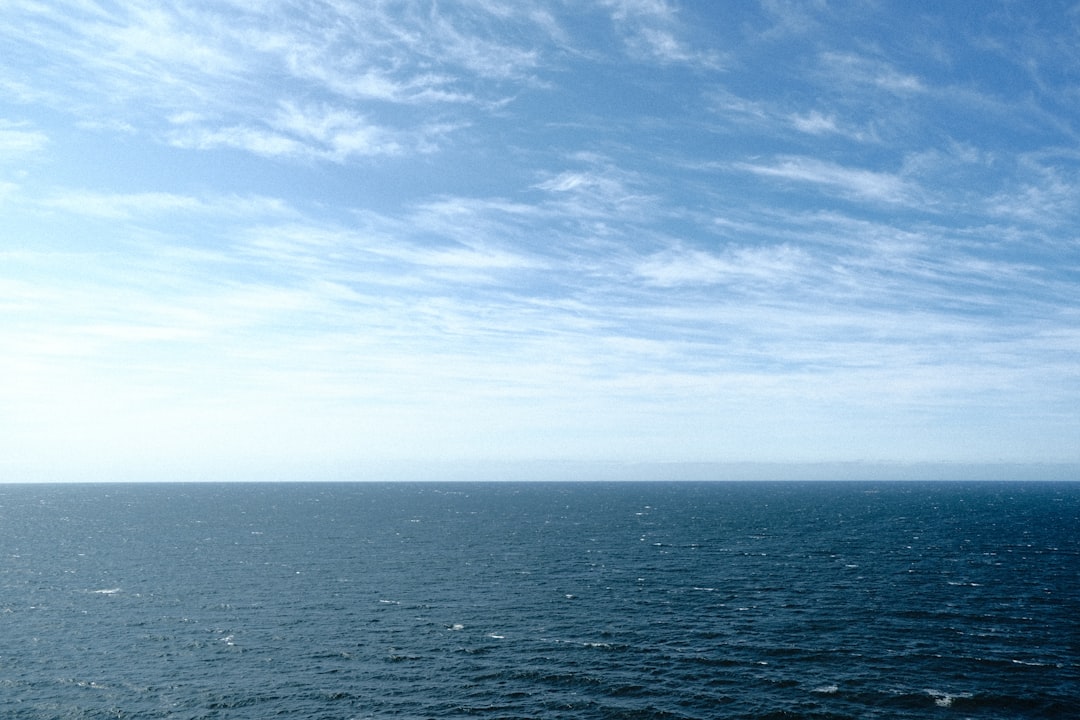The Drake Passage, a body of water located between the southern tip of South America and Antarctica, is renowned for its tumultuous seas and unpredictable weather patterns. Spanning approximately 800 kilometers (500 miles) in width, this passage serves as a critical maritime route for vessels traveling to and from the Antarctic region. Named after the English explorer Sir Francis Drake, who navigated these waters in the late 16th century, the Drake Passage has since become synonymous with both adventure and peril.
Its unique geographical position, where the Atlantic and Pacific Oceans converge, creates a dynamic environment that poses significant challenges to mariners. The passage is not only a vital link for scientific expeditions and tourism but also a testament to the raw power of nature. The confluence of ocean currents, particularly the Antarctic Circumpolar Current, contributes to the often violent sea state that characterizes this region.
As such, understanding the intricacies of the Drake Passage is essential for anyone considering a journey through its waters. The combination of strong winds, high waves, and rapidly changing weather conditions makes it imperative for sailors to be well-prepared and informed before embarking on this formidable crossing.
Key Takeaways
- The Drake Passage is a treacherous stretch of water between South America’s Cape Horn and the South Shetland Islands of Antarctica.
- Sea state challenges in the Drake Passage can include extreme waves, strong winds, and unpredictable weather conditions.
- Weather systems in the Drake Passage can impact navigation and safety, with the potential for rapid changes in conditions.
- Navigational considerations in the Drake Passage require careful planning, including route selection and timing to avoid the worst of the weather.
- Safety precautions for crossing the Drake Passage include securing loose items, wearing appropriate safety gear, and ensuring all crew members are briefed on emergency procedures.
Understanding Sea State Challenges
The sea state in the Drake Passage is notoriously challenging, with conditions that can shift dramatically within a matter of hours. Mariners often encounter steep waves that can reach heights of over 10 meters (33 feet), driven by relentless winds that sweep across the open ocean. These waves can create a chaotic and disorienting environment, making navigation difficult and increasing the risk of accidents.
The unpredictable nature of the sea state demands that sailors possess not only technical skills but also a deep understanding of maritime dynamics. Moreover, the interaction between various ocean currents plays a significant role in shaping the sea state. The Antarctic Circumpolar Current flows unimpeded around Antarctica, generating powerful swells that can collide with opposing currents from the Atlantic and Pacific Oceans.
This convergence can lead to particularly treacherous conditions, with waves that are steep and closely spaced. For those traversing the Drake Passage, recognizing these patterns is crucial for anticipating potential hazards and making informed decisions about their route and speed.
The Impact of Weather Systems

Weather systems in the Drake Passage are notoriously volatile, influenced by a variety of factors including atmospheric pressure changes, ocean temperatures, and seasonal variations. The region is frequently subjected to low-pressure systems that can bring strong winds and heavy precipitation. These systems can develop rapidly, often catching sailors off guard and leading to dangerous conditions at sea.
Understanding how these weather patterns interact with the geography of the passage is essential for safe navigation. In addition to low-pressure systems, the passage is also affected by the phenomenon known as the “Roaring Forties,” which refers to the strong westerly winds that prevail in the Southern Hemisphere. These winds can exacerbate existing sea conditions, creating a feedback loop that intensifies wave heights and complicates navigation.
Sailors must remain vigilant and continuously monitor weather forecasts to adapt their plans accordingly. The ability to read weather patterns and respond proactively can mean the difference between a safe crossing and a perilous ordeal.
Navigational Considerations
| Category | Metrics |
|---|---|
| Page Load Time | 3 seconds |
| Mobile Responsiveness | Yes |
| Navigation Menu | Clear and intuitive |
| Internal Linking | Strategically placed |
Navigating the Drake Passage requires a combination of skill, knowledge, and technology. Mariners must be adept at using navigational tools such as GPS, radar, and electronic charts to plot their course accurately. However, traditional seamanship skills remain equally important; understanding how to read the sea and interpret environmental cues can provide invaluable insights that technology alone cannot offer.
The passage’s unique challenges necessitate a comprehensive approach to navigation that incorporates both modern tools and time-honored techniques. Additionally, mariners must be aware of potential hazards such as icebergs and shifting currents that can pose significant risks during their journey. The presence of icebergs, particularly during certain times of the year, requires constant vigilance and careful planning to avoid collisions.
Furthermore, understanding local currents and their effects on vessel speed and direction is crucial for maintaining control in rough seas. By combining technological resources with practical experience, sailors can enhance their navigational capabilities and improve their chances of a successful crossing.
Safety Precautions for Crossing the Drake Passage
Safety should always be a top priority when crossing the Drake Passage. Mariners are encouraged to conduct thorough pre-voyage preparations, which include inspecting equipment, reviewing safety protocols, and ensuring that all crew members are familiar with emergency procedures. Life jackets, flares, and other safety gear should be readily accessible, and vessels should be equipped with reliable communication systems to maintain contact with shore-based support if needed.
In addition to equipment checks, it is essential for sailors to develop contingency plans for various scenarios they may encounter during their journey. This includes identifying safe havens along their route where they can seek refuge if conditions become too severe. By having a well-thought-out safety plan in place, mariners can mitigate risks and respond effectively to emergencies should they arise.
Equipment and Technology for Monitoring Sea State

Advancements in technology have significantly improved mariners’ ability to monitor sea state conditions in real-time. Modern vessels are often equipped with sophisticated instruments that provide critical data on wave height, wind speed, and ocean currents. These tools enable sailors to make informed decisions about their course and speed based on current conditions rather than relying solely on outdated forecasts.
In addition to onboard equipment, satellite technology has revolutionized weather monitoring in remote regions like the Drake Passage. Satellite imagery allows for real-time tracking of weather systems and oceanographic conditions, providing valuable insights into potential hazards ahead. By leveraging these technological advancements, mariners can enhance their situational awareness and improve their overall safety while navigating this challenging passage.
Strategies for Dealing with Rough Seas
When faced with rough seas in the Drake Passage, sailors must employ effective strategies to maintain control of their vessel and ensure crew safety. One common approach is to adjust speed and heading in response to prevailing conditions; reducing speed can help minimize the impact of waves on the vessel’s hull while altering course may allow mariners to navigate around particularly treacherous areas. Another strategy involves utilizing specific sailing techniques designed for rough seas.
For instance, heaving-to—a maneuver that involves adjusting sails to create drag—can stabilize a vessel during turbulent conditions. Additionally, maintaining a low center of gravity by securing cargo and minimizing unnecessary movement on deck can enhance stability and reduce the risk of capsizing. By implementing these strategies, sailors can better manage their vessels in challenging conditions and increase their chances of a safe passage.
The Role of Experience and Expertise
Experience plays a pivotal role in successfully navigating the Drake Passage. Seasoned mariners possess an intuitive understanding of how to respond to changing conditions based on their past encounters with similar challenges. This expertise allows them to make quick decisions under pressure, drawing on their knowledge of local weather patterns, sea state dynamics, and navigational techniques.
Moreover, experienced sailors often serve as mentors for less experienced crew members, sharing valuable insights that can enhance overall safety aboard the vessel. Training programs that emphasize hands-on experience in challenging environments can help cultivate a new generation of skilled mariners who are well-equipped to tackle the unique challenges presented by the Drake Passage.
Psychological and Physical Preparedness
Crossing the Drake Passage is not only a test of technical skill but also one of psychological resilience and physical endurance. The demanding conditions can take a toll on both body and mind; therefore, it is essential for sailors to prepare themselves mentally for the challenges ahead.
Physical fitness also plays a crucial role in ensuring that crew members are capable of handling demanding tasks at sea. Regular exercise can improve stamina and strength, enabling sailors to perform effectively even in challenging conditions.
Environmental Considerations
The ecological significance of the Drake Passage cannot be overstated; it serves as a vital habitat for numerous marine species, including whales, seals, and seabirds. As such, mariners must remain mindful of their environmental impact while traversing these waters. Adhering to best practices for waste disposal and minimizing disturbances to wildlife are essential components of responsible navigation in this sensitive region.
Furthermore, understanding the effects of climate change on oceanic conditions is increasingly important for those navigating the Drake Passage. Rising sea temperatures and shifting currents may alter traditional patterns of marine life and weather systems over time. By staying informed about these changes, sailors can better anticipate potential challenges while also contributing to broader conservation efforts aimed at protecting this unique marine ecosystem.
Navigating the Drake Passage Successfully
Successfully navigating the Drake Passage requires a multifaceted approach that encompasses technical skills, strategic planning, environmental awareness, and psychological preparedness. Mariners must be equipped with both modern technology and traditional seamanship knowledge to effectively manage the challenges posed by this formidable body of water. By prioritizing safety precautions, leveraging advancements in monitoring equipment, and drawing on experience and expertise, sailors can enhance their chances of completing this iconic crossing safely.
Ultimately, crossing the Drake Passage is not merely about reaching a destination; it is an adventure that tests one’s limits while offering unparalleled opportunities for exploration and discovery. With careful preparation and respect for the power of nature, mariners can navigate this remarkable passage successfully while contributing to its preservation for future generations.
The Drake Passage is renowned for its turbulent sea state, often presenting challenging conditions for vessels navigating between the southern tip of South America and Antarctica. An insightful article that delves into the dynamics of this treacherous stretch of water can be found on MyGeoQuest. This piece explores the unique oceanographic and meteorological factors contributing to the Drake Passage’s notorious reputation. For a deeper understanding of these elements, you can read more about it by visiting the article on MyGeoQuest.
WATCH NOW! Drake Passage: Earth’s Deadliest Waters Revealed
FAQs
What is the Drake Passage?
The Drake Passage is the body of water between the southern tip of South America at Cape Horn and the South Shetland Islands of Antarctica. It connects the southwestern part of the Atlantic Ocean with the southeastern part of the Pacific Ocean.
What is the sea state like in the Drake Passage?
The sea state in the Drake Passage is known for being notoriously rough and unpredictable. It is characterized by strong winds, large waves, and turbulent conditions, making it one of the most challenging and dangerous maritime routes in the world.
Why is the sea state in the Drake Passage so rough?
The rough sea state in the Drake Passage is primarily due to the convergence of the Antarctic Circumpolar Current and the strong westerly winds that sweep across the Southern Ocean. These factors create intense and volatile ocean conditions, leading to the rough seas experienced in the area.
How does the sea state in the Drake Passage impact maritime travel?
The rough sea state in the Drake Passage can pose significant challenges for maritime travel, particularly for smaller vessels. It can result in rough sailing conditions, increased risk of sea sickness, and potential hazards for ships navigating through the area.
Are there any specific safety measures for navigating the Drake Passage?
Mariners navigating the Drake Passage are advised to exercise caution and be prepared for the challenging sea state. It is recommended to have experienced crew, sturdy vessels, and to closely monitor weather forecasts and sea conditions to ensure safe passage through the area.
